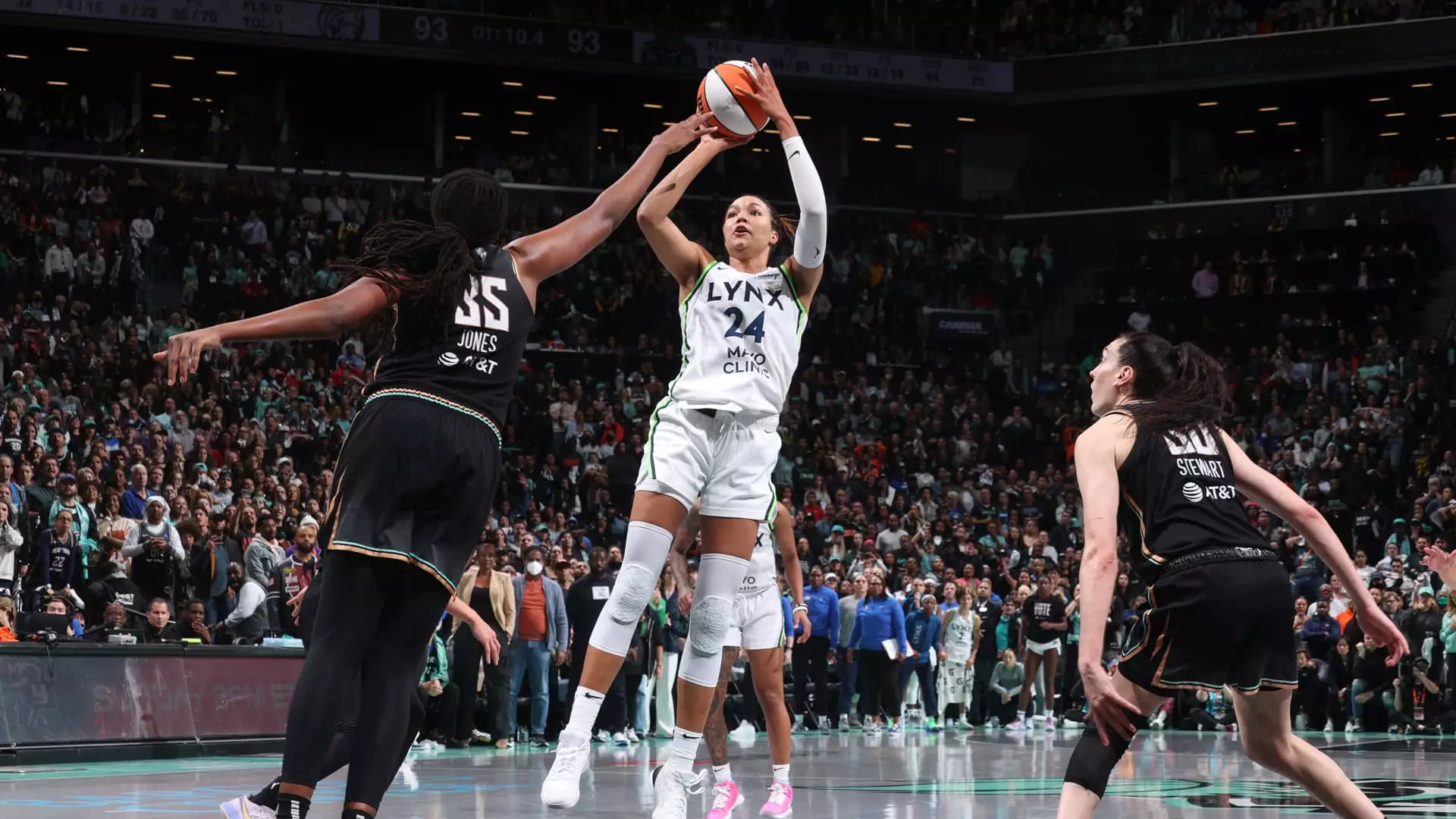The Women’s National Basketball Association (WNBA) is poised for a transformative season in 2025, driven by strategic expansions and a restructured playoff format that promise to enhance fan engagement and showcase elite athletic talent. WNBA Commissioner Cathy Engelbert has announced these pivotal changes, which are designed not only to elevate the level of competition but also to broaden the league’s appeal to a growing audience.
One of the most significant alterations coming to the WNBA is the extension of the regular season from 40 to 44 games. This increase not only provides fans with more opportunities to watch their favorite teams but also allows players more chances to display their skills on a larger stage. Coupled with this regular-season extension is an exciting modification to the playoff structure: the Finals will shift from a five-game series to a seven-game series, utilizing a 2-2-1-1-1 home game format. This change intends to heighten the stakes and excitement of the championship series, offering teams an equal opportunity to battle for the title while maximizing fan engagement throughout the postseason.
The adjustments to the playoff format were previously in discussion, notably influenced by the COVID-19 pandemic’s impact on sports scheduling. However, the surge in viewership and interest in the league post-pandemic, along with the recent implementation of charter flights for teams, acted as the catalyst for these changes. Engelbert highlighted, “The league’s growth and increased demand for WNBA basketball made this the ideal time to expand the schedule, lengthen the Finals, and provide fans with more exposure to the incredible talent in our league.”
Alongside the alterations in the existing league structure, the WNBA will also welcome its 13th franchise: the Golden State Valkyries, set to debut in 2025. This addition is part of a broader strategy to expand the league’s footprint, with further announcements regarding new teams in Toronto and Portland expected to join by 2026. The anticipation surrounding these new teams reflects the escalating popularity of women’s basketball and the general trend toward inclusivity and representation in sports.
The introduction of these franchises not only enriches the competitive landscape but also provides opportunities for local talent to shine on a larger stage. Engelbert’s discussion about potentially naming a 16th team further signals a robust growth strategy for the league.
The timing of these changes coincides with a remarkable upsurge in the WNBA’s media rights value, which soared to a staggering $2.2 billion over 11 seasons. This lucrative deal, negotiated in conjunction with the NBA’s own media contracts, underscores the league’s rising clout within the sports industry. With record-setting viewership, attendance, and engagement figures for the 2024 season, it’s evident that the WNBA’s stars—both emerging talents like Caitlin Clark and experienced athletes like Breanna Stewart and A’ja Wilson—are capturing the hearts of basketball fans across the nation.
Despite this popularity, it is crucial to address the challenges that come with increased visibility. Engelbert has faced scrutiny regarding the league’s approach to handling racism and online harassment faced by players. While she condemned hate and racism following critical feedback, it highlights the complex dynamics that accompany expansion and rising fame in professional sports.
The growth of the WNBA is not an isolated phenomenon; it reflects a broader trend of increasing visibility and investment in women’s sports. Key figures in media and investment sectors, like Jeff Zucker from RedBird IMI and Endeavor’s Patrick Whitesell, have expressed enthusiasm about the burgeoning opportunities within this domain. This growing support marks a necessary shift, recognizing that women’s sports attract significant audiences and investment potential.
As the current WNBA Finals unfold, with the Minnesota Lynx leading the series against the New York Liberty, the league stands at a pivotal juncture. The combination of expanded seasons, heightened media engagement, and innovative playoff formats positions the WNBA for sustained success, creating a bright future filled with exciting possibilities for players and fans alike. Overall, these developments not only promise a more thrilling basketball experience but also embody a historic phase for women’s sports, paving the way for the next generation of athletes.

